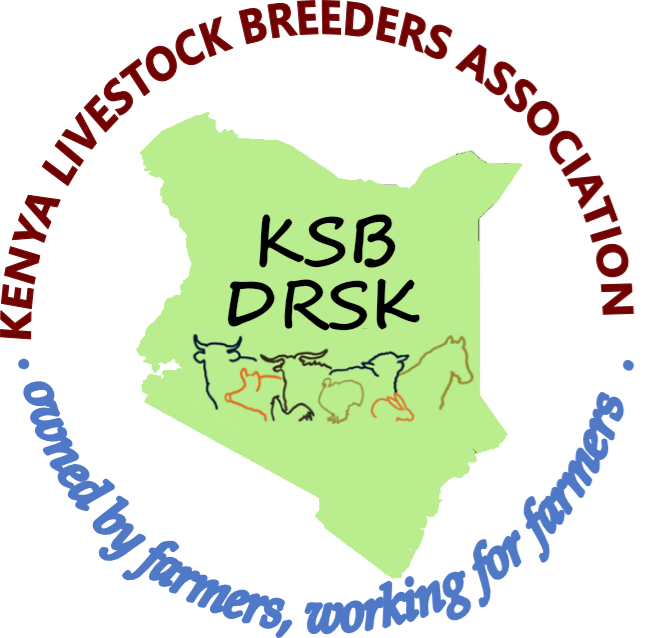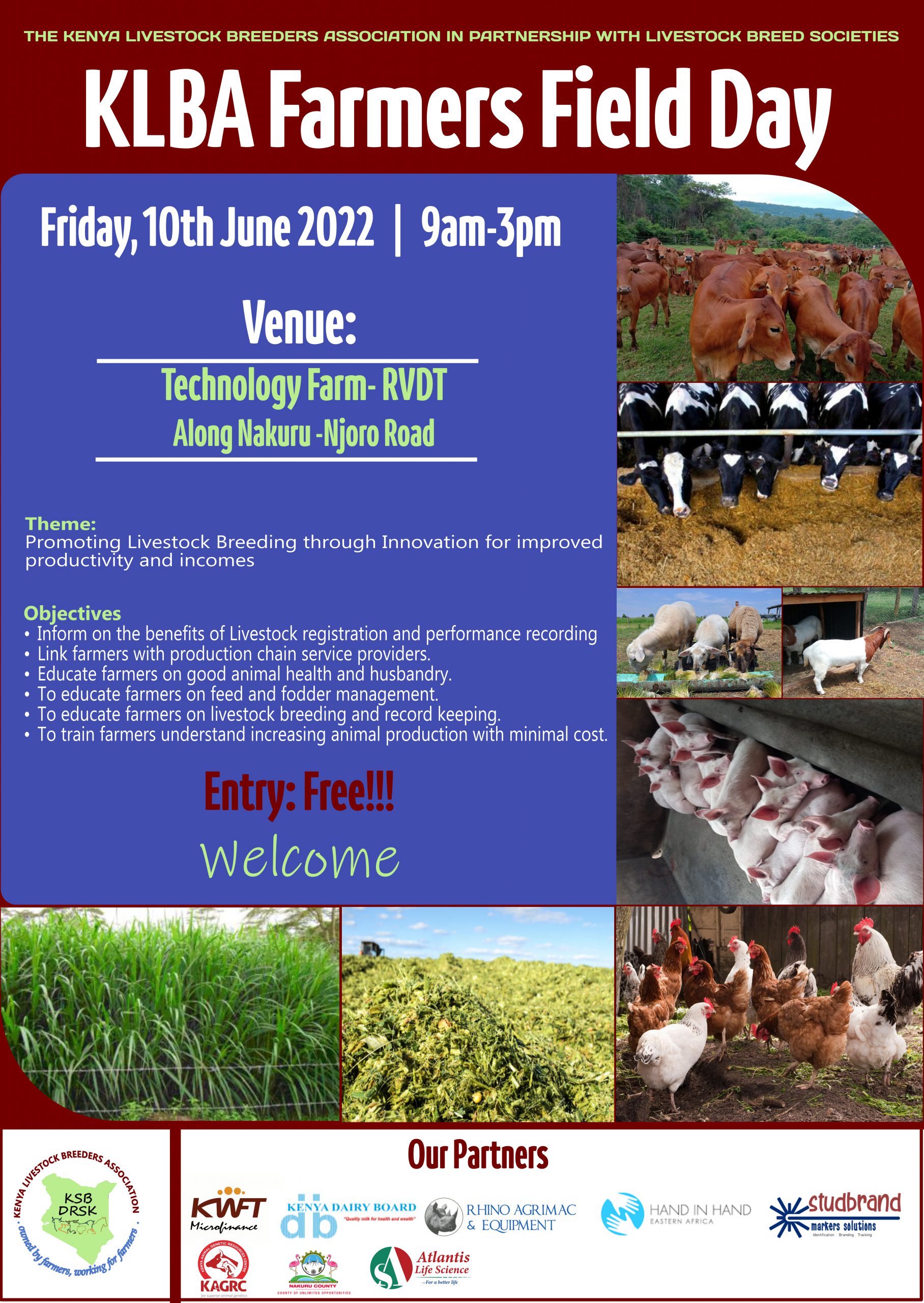History of Kenya Livestock Breeders Association - KLBA (formerly KLBO)
The journey through livestock breeding in the country started barely a century ago with initial schemes being the East African Stud Book established in 1920 and the East Africa Milk Recording Service established in 1939, under the patronage of the Royal Agricultural Society of East Africa (RASEA). These initial schemes are currently run by farmers through the Kenya Livestock Breeders Organization (KLBO) which is the national pedigree service for purebred and non-purebred livestock in Kenya. KLBO was formed on 12th March 1994. However, its institutional framework is over half a century old. Kenya Stud Book history dates back to May 1920 when the Royal Agricultural Society started the East African Stud Book (EASB) in Nairobi as a private non-profit organization. At this time white settler farmers were directly importing breeding animals. On formation, the studbook was mandated to:
- Maintain pedigree register for the progeny of the imported livestock.
- Maintain the up-grading scheme for the crosses bred through crossing the indigenous animals and the exotic breeds.
- Issue registration certificates for the animals registered.
The Milk Recording Program was started by the Royal Agricultural Society of Kenya Way back in 1939 as the East Africa Milk Records.
In 1959 it was transferred to the Kenya Dairy Board because RASK was no longer able to finance it. At its initial set up, Kenya Dairy Board was owned by farmers who financed it through cess payment.
With the collapse of the East Africa Community in 1968, the East Africa Milk Records changed its name to Kenya Milk Records. KMR was financed by Kenya Dairy Board (KDB) until the cess ceased to be transferred from Kenya Co-operative Creameries (KCC) to the KDB in 1984.
Over the years both the milk recording and the livestock registration schemes have witnessed periods of severe operational handicaps. In actual fact, at one time the Kenya Dairy Board and the Departments of Veterinary and Livestock Production had been in charge of these schemes. During this time the schemes were financially constrained, not well coordinated, and unable to deliver effective services. Hence, in 1994 farmers out of the realization that registration and performance recording are key prerequisites for any breeding program, they decided to group the services of the two schemes together under one committee “Kenya Livestock Breeders Committee”. From then to date, despite problems occasioned by severe financial constraints, farmers are running a self-sustaining organization financed through income generated from services rendered and very minimal government intervention in form of a small annual grant.
Since then KMR was funded by Ministry grants, subscriptions, and grants from the World Food Programme ( Dairy Development Committee) until 1998 when Kenya Dairy Board handed KMR to the Kenya Livestock Breeders Committee which changed its name to Dairy Recording Service of Kenya (DRSK).
100
Years of Service
KLBA History Line
Established KLBA
Established Kenya Livestock Breeders Organization (KLBO), running KSB and DRSK( formerly KMR)
EAMR changed to Kenya Milk Records (KMR)
EASB changed to Kenya Stud Book (KSB)
Established East Africa Milk Records (EAMR)
Established East Africa Stud Book (EASB)



